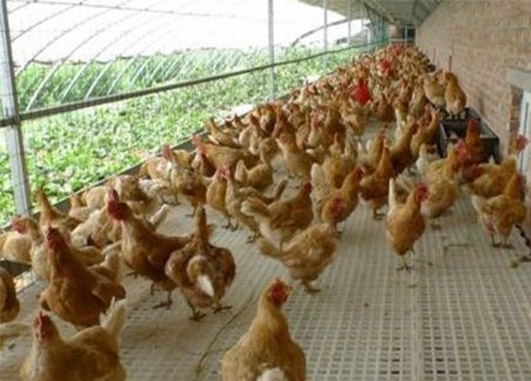The broiler ground thick litter feeding refers to feeding 5-10 centimeters of litter on the ground of a strictly sterilized chicken house, and the entire period of growth of the chicken is fully maintained on the litter. The litter requires soft, dry, strong water absorption, is not easy to compact, does not mold, no pollution. During the rearing process, loosening of padding material, removal of wet litter, and addition of new litter should be made as appropriate.
Advantages: Suitable for broiler growth and development, slightly lower than the Internet temperature during the hot season. Usually do not remove the feces, do not change the litter, save time and labor; in the winter can use litter fermentation heat production and increase Shewen; chicks in the litter activity increased, reduced the incidence of earthworms. Easy to use, low equipment investment, low incidence of breast cysts, and low defective products.

Disadvantages: It requires a lot of litter, repeated investment. The management of litter is difficult. If the management is not good and the litter is wet, various diseases of the digestive tract and respiratory tract infections are prone to occur: such as E. coli, coccidiosis, and chronic respiratory diseases. Direct contact between chickens and feces, the incidence of coccidiosis increased, and other infectious diseases are prevalent. The contradiction between ventilation and heat preservation is prominent, and health management is difficult. Chicken manure use value is reduced.
